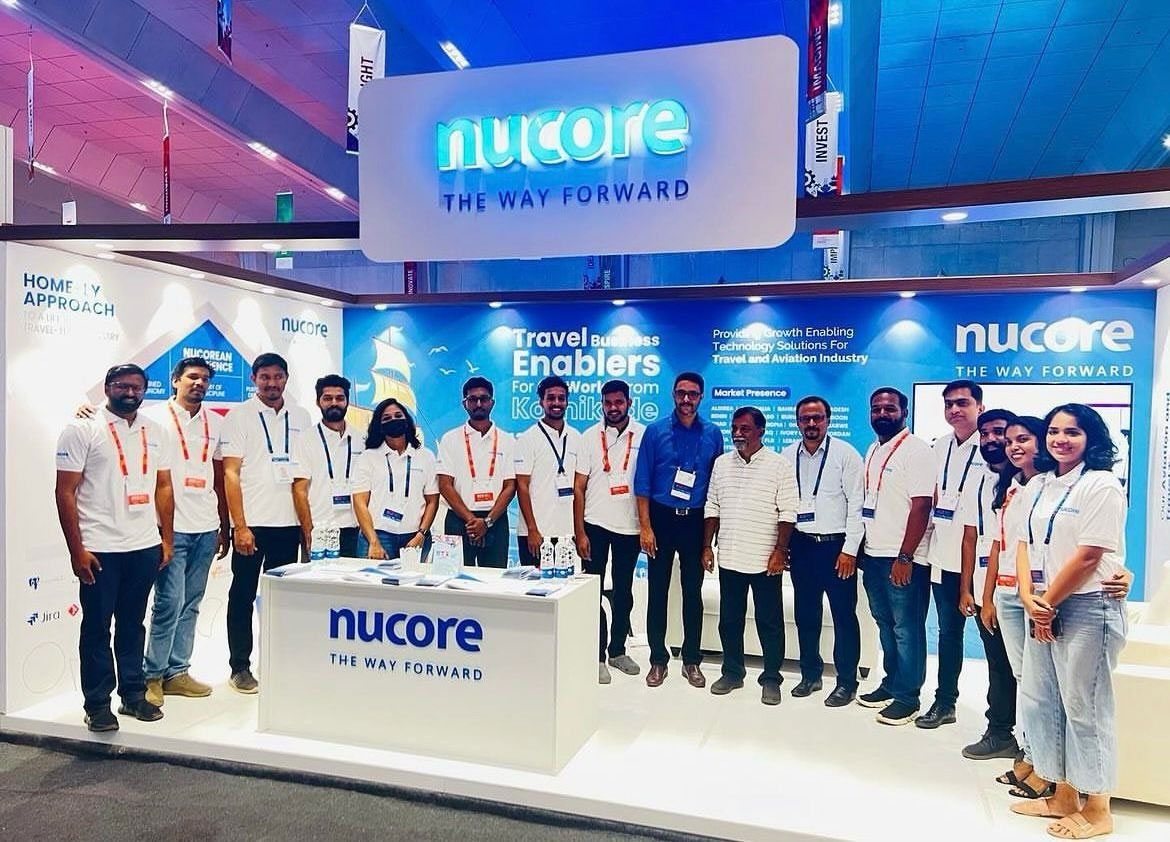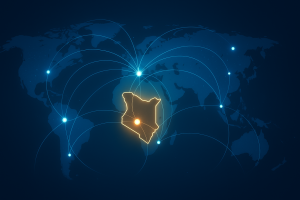For more than a decade, Nucore has quietly become a backbone of Kenya’s travel technology landscape. As a trusted member of the Kenya Association of Travel Agents (KATA), the company has supported over 100 travel agencies, from small independents to large Travel Management Companies (TMCs) , with digital tools designed to streamline operations and enhance business performance.
At the heart of Nucore’s offering is its flagship system, TRAACS, an enterprise platform built specifically for travel agencies. The software helps automate complex back-office functions such as multi-currency accounting, BSP reconciliation, and GDS incentive tracking, while offering advanced financial analytics that improve decision-making. TRAACS also integrates customer relationship management (CRM), lead management, and virtual payment tools, giving travel business owners real-time visibility and control over their operations , even on the move.
Recognizing the growing role of technology in shaping modern tourism, Nucore has expanded its solutions beyond agency systems to support Destination Management Companies (DMCs) and tour operators. Its integrated approach connects itinerary planning, quotation management, and financial systems within one unified platform, helping businesses deliver better traveler experiences while maintaining operational efficiency.
“Our goal has always been to make enterprise-grade technology accessible to every segment of the travel industry,” said Nucore’s Ram Prasad. “Whether it’s a startup agency or a major corporate travel firm, we ensure each can harness digital tools to scale efficiently, stay compliant, and remain competitive in an increasingly technology-driven market.”
With flexible business models and continuous innovation in areas like AI-driven analytics, Nucore is helping Kenyan travel companies keep pace with global standards of automation and data intelligence.
As Kenya’s travel and tourism sector continues its digital transformation, Nucore’s technology continues to empower agents to focus on what matters most, serving their customers, growing their businesses, and building a smarter, more connected travel industry for the future.





